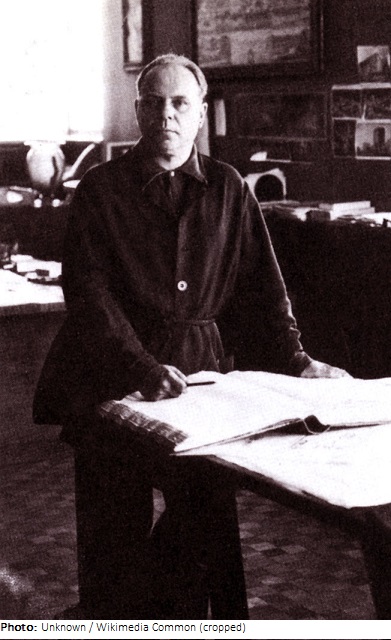Marcello Piacentini

Biographical information
| Roles | Referee |
|---|---|
| Sex | Male |
| Full name | Marcello Alessandro Francesco Guglielmo•Piacentini |
| Used name | Marcello•Piacentini |
| Born | 8 December 1881 in Roma, Roma (ITA) |
| Died | 18 May 1960 in Roma, Roma (ITA) |
| NOC |  Italy Italy |
Biography
Marcello Piacentini, Italian architect and urban planner, was born the son of Pio Piacentini (1846–1928), one of the most successful architects of the Italian capital. The son was a protagonist on the Italian architecture scene in the 1910-40 period, adopting the role of master ideologue of the Fascist regime’s monumentalism.
From a very young age Piacentini cultivated an interest in architecture under the guidance of his father. Thus, even before graduating from the renowned Torquato Tasso high school (1900) he had gained a profound knowledge of architecture, supported by evening courses at the Industrial Art Museum. After School he studied at the Reale Istituto di Belle Arte and was awarded a diploma as an architect in 1906.
At only 26, in 1907 Piacentini was charged with reshaping the city of Bergamo. He worked intensely throughout Italy, mainly on urban planning projects, but during the Fascist period he settled in Roma. His many building plans and urban reconstructions consolidated his image as the court architect to the Duce and had a significant impact on the city’s appearance. In 1929, Benito Mussolini appointed him a member of the Academy of Italy. In addition to being an important architect, Marcello Piacentini also participated in drawing up the town-planning scheme of Roma in 1925, 1931, and 1942, part of this being the construction of the University City in Roma. As a full professor of Urban Planning at the Faculty of Architecture of the La Sapienza University in Roma, of which he was also dean, he underwent an ephemeral purge after the fall of the Fascist regime, but he was soon readmitted to teaching until reaching the age limit in 1955.
Due to his experience and prestige achieved, Piacentini received several invitations from foreign governments like Brazil, Venezuela, and Turkey. On the occasion of the 1950 Catholic jubilee, Piacentini completed works on via della Conciliazione, adopting the urban model of the ideal city of the Renaissance to solve the question of access to St. Peter’s Square. For the 1960 Roma Olympics, he created the Sports Palace together with Pier Luigi Nervi. He died after a long illness just months before the opening of the Olympics. His legacy is retained in the Architecture Library of the Sapienza University of Roma and the Library of Technological Sciences at the University of Firenze.
Referee
| Games | Sport (Discipline) / Event | NOC / Team | Phase | Unit | Role | As | |
|---|---|---|---|---|---|---|---|
| 1924 Summer Olympics | Art Competitions |  ITA ITA |
Marcello Piacentini | ||||
| Architecture, Open (Olympic) | Final Standings | Judge |